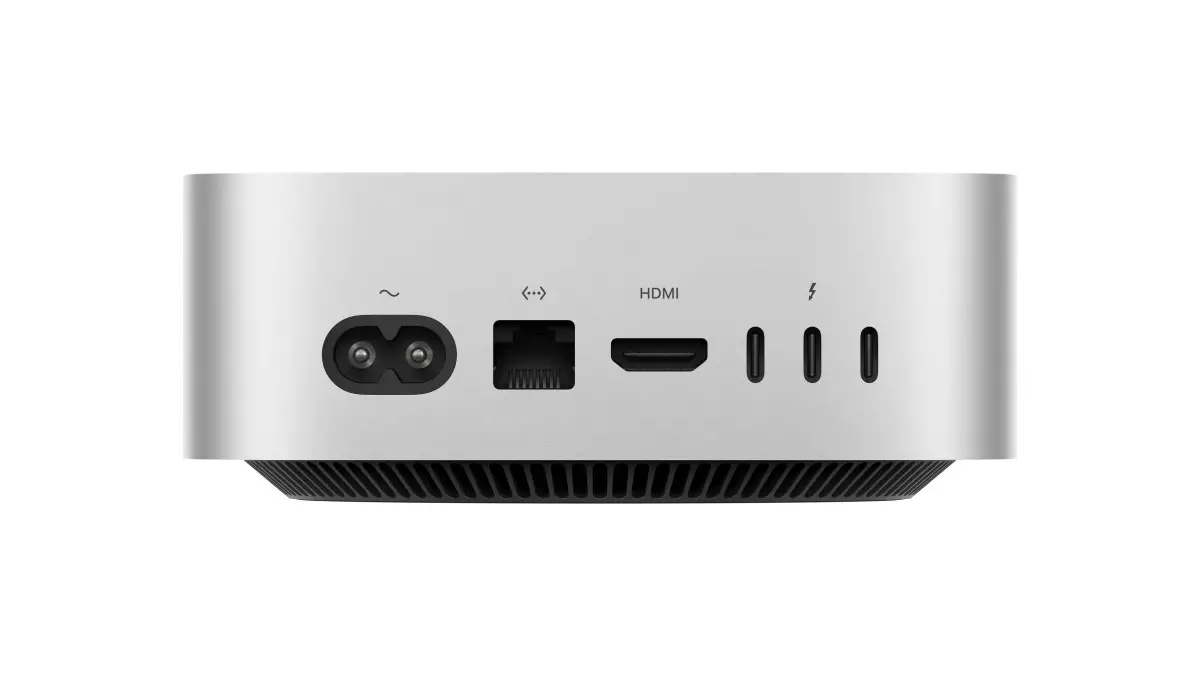The recent wave of announcements from Apple has introduced significant advancements in computational technology with the debut of the M4 chip. Launching alongside the compact Mac Mini, the M4 chip sets a new standard for performance and efficiency in the realm of Apple’s first-party silicon. Following the earlier release of the M4 in May, Apple has opted to deviate from its typical silicon rollout routine by showcasing the M4 in the iPad Pro prior to its integration into the Mac lineup. This strategy not only highlights the growing synergies between Apple’s device categories but also emphasizes the enhanced performance capabilities built into the M4 architecture.
A notable feature of the M4 chip is its integration of Thunderbolt 5, which represents a substantial leap in data transfer speeds—from 120 GB/s to an impressive 273 GB/s. This upgrade is particularly significant in the context of modern computing needs, where data bandwidth can be a bottleneck for performance. The introduction of five Thunderbolt 5 ports in the M4 Pro model further illustrates Apple’s commitment to delivering a versatile and future-proof device, while the base M4 model retains the previous generation’s Thunderbolt 4 connectivity.
At the heart of the M4 Pro is cutting-edge second-generation 3-nanometer technology that fuels a robust 14-core CPU configuration composed of ten performance cores and four efficiency cores. This results in a powerful computing experience, particularly in single-threaded performance benchmarks. The graphical processing capabilities are equally impressive, with a 20-core GPU enhancing the system’s ray-tracing abilities—an essential feature that signifies Apple’s intentions to position the Mac as a viable platform for gaming and high-end graphics applications. The various configurations provide flexibility, allowing users to select versions that best meet their particular needs, whether for productivity or entertainment.
The introduction of the upgraded Neural Engine, which boasts up to twice the performance of its predecessor, signals a shift towards a more intelligent user experience on Mac devices. As Apple rolls out new intelligent features, particularly in machine learning and artificial intelligence, the significance of this advancement cannot be overstated. The Neural Engine will play a pivotal role in seamlessly integrating these smart features into everyday applications, thereby enhancing productivity across the board.
Despite its formidable enhancements, the new M4 Pro does come with a considerable price tag. Starting at $599 for the Mac Mini M4 while the Pro version ramps the cost up to $1,399. Such pricing positions the devices at the higher end of the consumer market, but the potential performance gains may justify the expense for tech enthusiasts and professionals alike. Both models will be available for pre-order soon, with shipping dates set for November 8.
The M4 silicon introduction marks an exciting chapter in the evolution of Apple’s computing devices. Through its significant advancements in processing power, connectivity, and intelligent features, Apple aims to redefine the user experience across its Mac lineup. As users begin to explore the capabilities of the M4, it will be interesting to see how these innovations transform the landscape of computing and gaming, potentially positioning the Mac as a contender in spaces traditionally dominated by high-performance gaming rigs.

